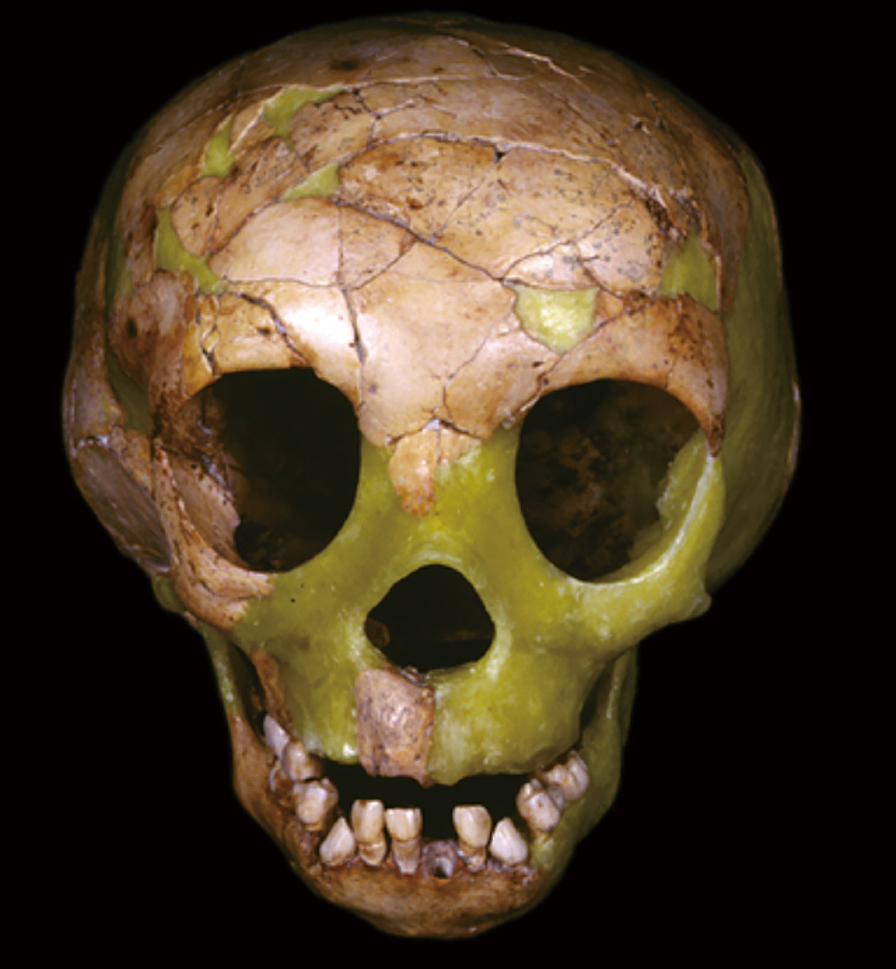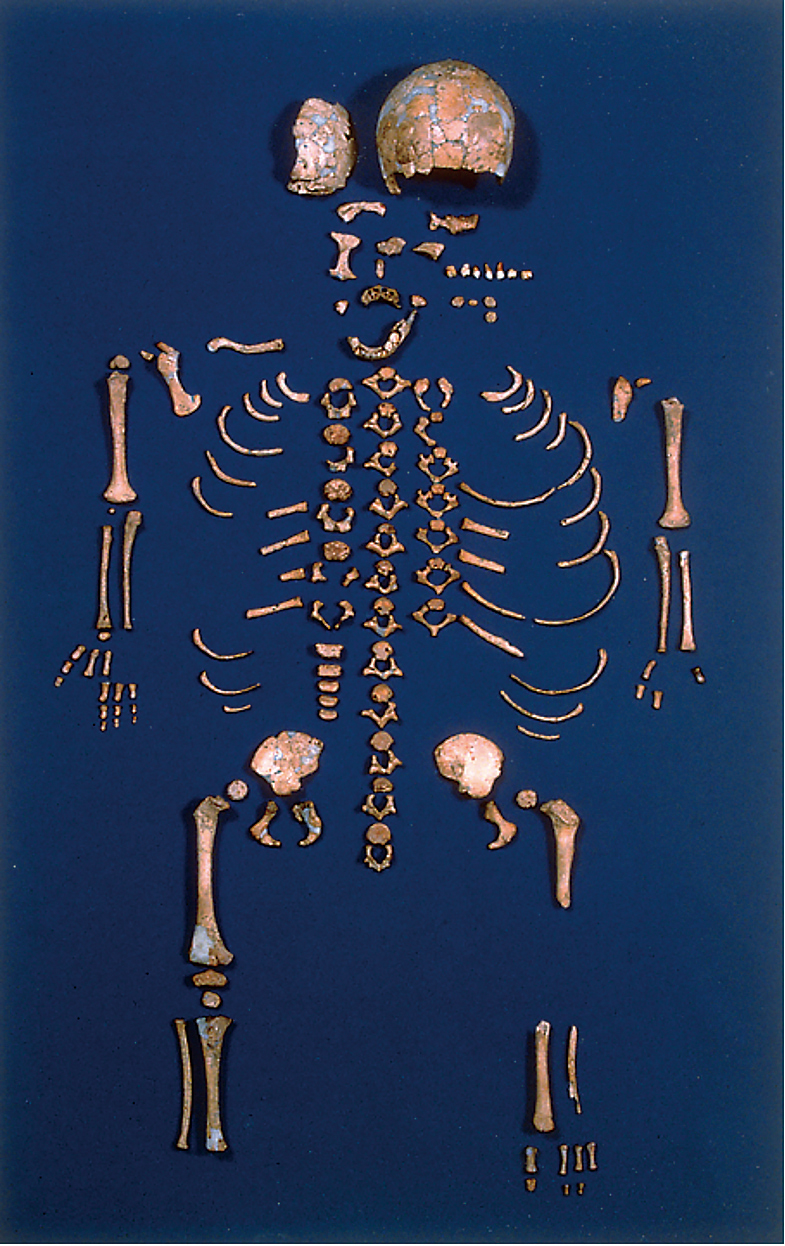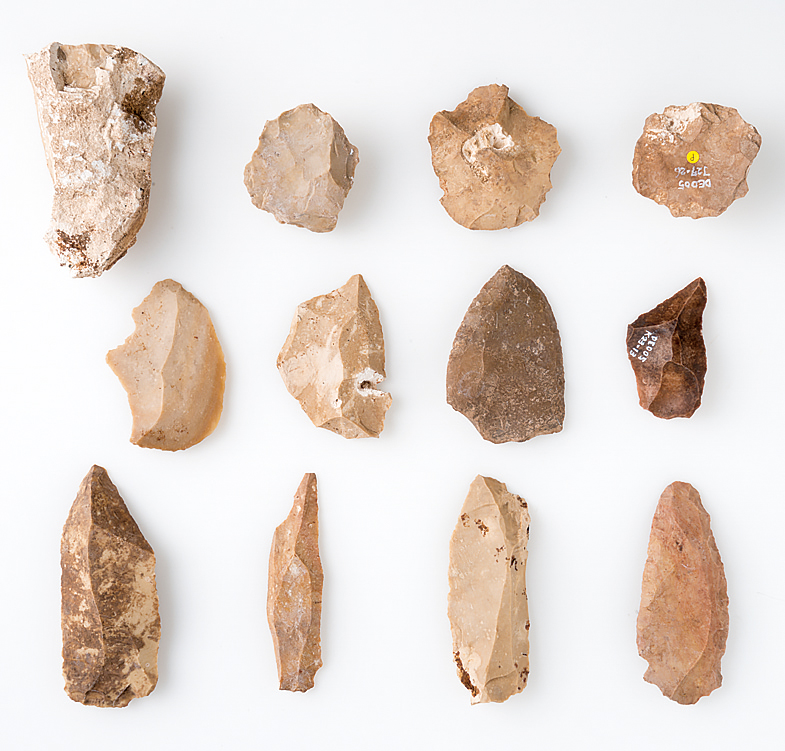G11
Dederiyeh Cave, a base camp of Neanderthals in the northern Levant
Dederiyeh Cave, discovered by Takeru Akazawa, Sultan Muhesen, and Adel Abudl Salaam in 1987, was the major research focus for the UMUT expedition until the spring of 2011. Excavation over 20 seasons has made significant contributions to our understanding of anatomical and behavioral human evolution during the late Middle Pleistocene onwards. The oldest occupational traces date to the Yabrudian phase of the Lower Paleolithic and the youngest ones to the Natufian phase of the late Epipaleolithic. The period in between was the Middle Paleolithic, when this cave was occupied most intensively.
Particularly rich occupational evidence was discovered for the late Middle Paleolithic layers, yielding the largest collection of Neanderthal fossil remains in the northern Levant. The collection consists of well-preserved infant Neanderthal skeletons of at least three individuals, as well as fragmentary bones, including those of adult Neanderthals. These fossil records allow for the reconstruction of the growth pattern, or life history, of Neanderthals. The preliminary conclusion is that brain growth rates of Neanderthals during early infancy were higher than those of modern humans, and this pattern of growth continued over a long period. This finding suggests that, due to the late maturation caused by increased brain growth, Neanderthal life history was slow-paced, similar to, or even more so than, that of recent anatomically modern humans. It is likely that the large cave of Dederiyeh furnished an excellent shelter for Neanderthal families. (Yoshihiro Nishiaki & Osamu Kondo)
References
Akazawa, T. & Muhesen, S. (eds.) (2002). The Neanderthal Burials: Excavations of the Dederiyeh Cave, Afrin, Syria. Kyoto: International Research Center for Japanese Studies.
de Leon, M. S. P, et al. (2008) Neanderthal brain size at birth provides insights into the evolution of human life history. Proceedings of the National Academy of Sciences 105(37): 13764-13768.
Nishiaki, Y. et al. (2011). Recent progress in Lower and Middle Palaeolithic research at Dederiyeh Cave, Northwest Syria. In: Le Tensorer, J.-M. et al. (eds.) The Lower and Middle Palaeolithic in the Middle East and Neighbouring Regions, pp. 67–76. Liège: Université de Liège.



